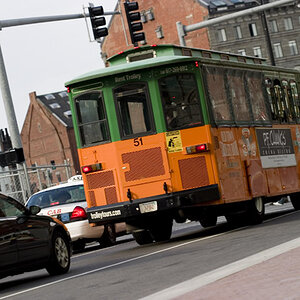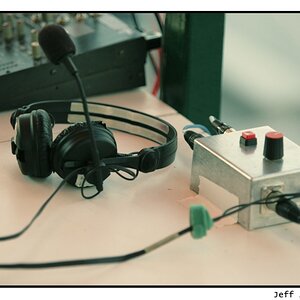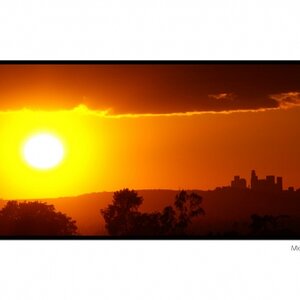chrisburke
TPF Noob!
- Joined
- May 25, 2007
- Messages
- 2,107
- Reaction score
- 0
- Location
- Madoc, Ontario Canada
- Website
- www.chrisburke.ca
- Can others edit my Photos
- Photos OK to edit
I popped into a pawn shop today and picked up an external flash, nothing fancy, an Image TFD-45.
Because I'm a noob, I really dont know what all the buttons on the back mean. I did a google search, trying to find a manual, but no success.
On the back I have the following:
ISO-1000 400 200 100 50 25
Below that there is a switch that says W S (i can select one of the other. then we have the on button, and the test button. then at the bottom
M TTL
and on the front another switch where i can select rither M a blue dot or a red dot.
If someone could tell me what all these buttons mean and do that would be great
Because I'm a noob, I really dont know what all the buttons on the back mean. I did a google search, trying to find a manual, but no success.
On the back I have the following:
ISO-1000 400 200 100 50 25
Below that there is a switch that says W S (i can select one of the other. then we have the on button, and the test button. then at the bottom
M TTL
and on the front another switch where i can select rither M a blue dot or a red dot.
If someone could tell me what all these buttons mean and do that would be great







![[No title]](/data/xfmg/thumbnail/34/34118-1c18899050bfacc1ed25ac6c1740422b.jpg?1619736288)

![[No title]](/data/xfmg/thumbnail/37/37625-7e132688457d56e50320a8c99a79fe38.jpg?1619738154)
![[No title]](/data/xfmg/thumbnail/35/35948-700e0d840da0ca73727b1bd6d99b4142.jpg?1619737257)
![[No title]](/data/xfmg/thumbnail/31/31085-9786bf0c16c072633ecdfad477c23095.jpg?1619734600)
![[No title]](/data/xfmg/thumbnail/34/34120-9085bc65df236ba03977d33a60b852d3.jpg?1619736290)

![[No title]](/data/xfmg/thumbnail/37/37628-b854997825aadb4eedaa3247baf8069f.jpg?1619738155)
